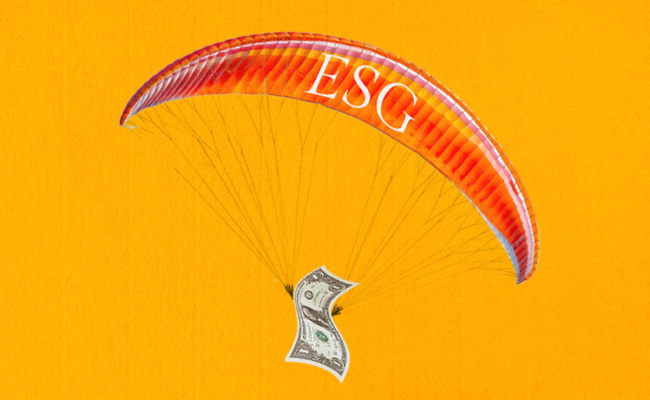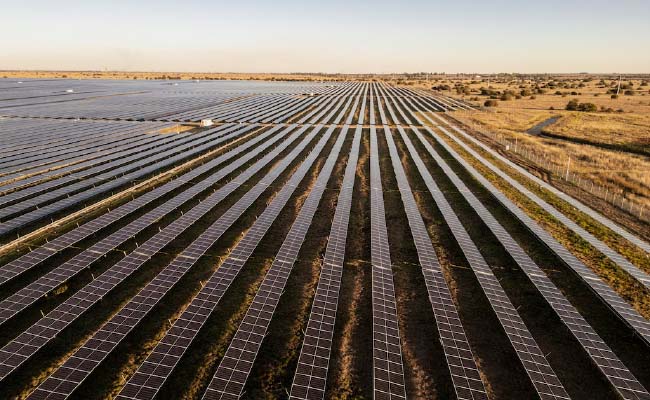The anti-ESG movement, being championed in parts of the US and beyond, has tried to cast the inclusion of ESG factors into investment decisions as a political agenda, rather than a financial discipline.
This narrative – that ESG detracts from investment performance, introduces red tape, and is an unnecessary constraint on free markets – makes for good headlines. But it misses the fundamental point at the heart of investment management: that considering ESG in the investment process is premised on the principle of risk management.
Considering environmental, social and governance factors isn’t about ideology, it’s about practical risk mitigation. So, to dismiss this imperative isn’t some noble political stand against left-leaning policies; rather it’s a reckless act of wilful blindness to risks that can negatively impact asset values.
The opponents of ESG have peddled the view that considering these factors compromises investment returns.
That’s a fallacy, since managing downside risk is a pivotal component of any investment process. Asset managers have a fiduciary responsibility to analyse and understand what is financially material to the companies they invest in. The truth is, investors don’t analyse governance failures, supply chain risks, or climate exposure because they want to signal virtue; they do it because of the risk these issues pose to asset values.
But to understand why this attack on ESG has ramped up the way it has over recent years, we need to look beyond the rhetoric and understand that ESG investing is not the “alternative” approach that some claim. At its very basic level, investing is about putting “money” into an asset with the expectation of capital appreciation, dividends, or interest earnings. Considering material ESG factors, which either detract or enhance the underlying asset value, provides a clearer sense of whether that asset can meet the expectation of a future return.
Still, it is also true that the world has evolved, as has the way that classic investment theory measures wealth. The dominant yardstick for this has been GDP, but this measure fails to capture the true cost of external factors. This gap means that long-term systemic risks like climate, social inequality or health are not adequately reflected in investment return models. As long as these external factors remain mispriced, the concept of a risk-adjusted return will remain weak.
Take the example of a company whose products create ill health. Because the health-care costs are not directly priced into the product, the company can profit while society bears the burden. Over time, though, the economic system responds – whether through health-care providers, insurers or governments – by internalising these costs. At that point, mechanisms such as taxes, regulations or restricted market access begin to reflect the risk.
At a company level, Steinhoff didn’t collapse because it was “too ESG”, sugar company Tongaat Hulett didn’t implode because of “woke accounting”, and BHP didn’t attract material legal liabilities because of “progressive politics”.
These disasters were born of ignored governance, social, environmental and operational risks – the very territory ESG integration in investment decisions seeks to map and manage.
Beyond the rhetoric
While US politicians continue their campaign against ESG, the rest of the world is moving decisively in the opposite direction. The EU is embedding disclosure requirements, Asian regulators are tightening standards, global supply chains are aligning to sustainability expectations.
Many multinational companies accept that a competitive advantage in the next decade will hinge on their resilience in managing ESG risks and opportunities.
At Old Mutual Investment Group, we recently analysed our top 50 companies by market capitalisation for their climate-change commitments. They have all shown positive progress in their commitments to achieving net zero or at least carbon neutrality by 2050. Geopolitics and the tough economic conditions locally might have tempered their commitments towards climate action, yet their net zero strategies remain on track.
As at the end of 2024, we had engaged almost every one of the top 10 greenhouse gas emitters in South Africa including Eskom. Of the top 50 listed companies, we found:
- Only nine companies have yet to set long-term (carbon neutrality and net zero) targets.
- Two of those nine companies, Remgro and KAP, are in the process of approving long-term targets.
- Northam Platinum, while not yet committing to a long-term target, has committed to reducing the quantum of greenhouse gas emissions by 27% and the intensity by 60% by 2030, against a 2019 baseline.
- We have held engagements with 82% of these companies on their climate commitments and net zero.
The anti-ESG political noise and rhetoric has been loud. But investors should see it for what it is: political theatre. ESG investing is not about ideological values – it is about protecting value. It is about recognising that governance failures, social fractures and environmental shocks are not abstract risks but clear, material threats to portfolios – external factors that have to be considering, engaged on and priced.
Investors who allow political noise to drown out this market imperative will pay the price where they least expect it and where it matters most – in returns.
Robert Lewenson is head of responsible investment at Old Mutual Investment Group.
Sign up to Currency’s weekly newsletters to receive your own bulletin of weekday news and weekend treats. Register here.











